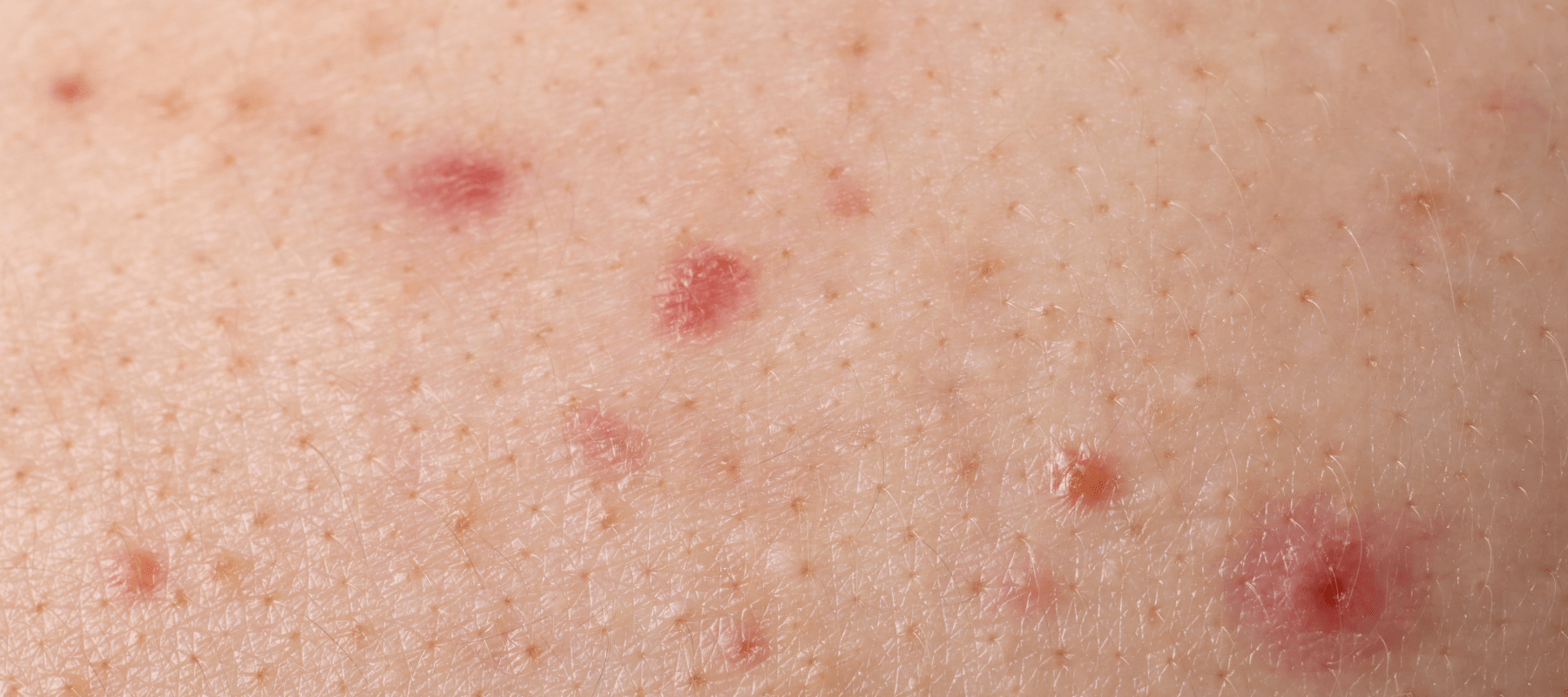
Comedones 101: Comedones Meaning and Causes
Every organ in our body is prone to certain diseases or conditions. Being the largest organ of the body, it’s natural that your skin will also suffer from certain issues from time to time, But the good thing is that the skincare industry is advancing at a rapid pace to help us tackle all kinds of skin woes.
One troubling issue that you might notice on your skin is comedones. It’s critical to understand comedones meaning and causes before you learn how to get rid of them. So, delve deeper to gather important details about the meaning of comedones and their causes before familiarising yourself with prevention techniques.
Understanding the meaning of comedones
If you start noticing comedones on the skin, you should know that they are a type of acne. It’s hard to believe this because comedones look nothing like typical acne. While your regular acne is red and swollen, comedones are small papules in the colour of your flesh.
Comedones will make your skin feel bumpy and uneven. They are highly likely to surface on your face, nose, chin, jawline, and forehead. Sometimes, your neck, back, and chest can also be home to comedones.
Comedonal acne blemishes can be categorised into two groups. The first one is open comedones, or what are commonly known as blackheads. The other type of comedonal acne is closed comedones or whiteheads.
If you are trying to figure out what causes comedones, it happens because hair follicles get trapped under excess sebum and dirt. Open comedones are a result of the presence of an oil plug in the pore opening. The dark colour associated with these types of comedones is because of a chemical reaction and not dirt.
The cause of closed comedones is the development of an oil plug below the pore opening of any hair follicle. The tint of closed comedones or whiteheads will range from creamy white to a flesh tone. Whiteheads are not infected and don’t contain pus.
What causes comedones?
Some typical comedone causes or risk factors are listed below:
- Puberty: The teen or preteen years are always linked to acne, and comedones are no exception. While comedones have a high chance of appearing during the teenage years, they can also surface at other ages. When puberty triggers comedonal acne, it is often an indication of acne vulgaris or regular acne. But comedones can also surface along without being followed by inflammatory acne.
- Menstruation: Before the onset of a menstrual period, androgen levels in the body can spike up. As the hormonal glands become increasingly active, they can contribute to comedonal acne.
- Genetics: At times, you will get comedones only because someone in your immediate family has them.
- Skincare or makeup products: If you use oily skincare or makeup products on your face, you are practically sending out an invitation for comedones to show up.
- Environmental factors: Air pollution and high humidity levels can often worsen the issue of comedonal acne.
How to prevent comedones on the skin
Once you learn how comedones develop or, more specifically, what causes closed comedones, you should discover how to prevent them. Some skincare habits that will help you keep comedonal acne at bay include:
Relying on a gentle cleanser
Keeping your face clean is the most basic thing you can do to prevent any type of acne. But you cannot just pick up a product at random to eliminate impurities from your face. A harsh cleanser will do more harm to your face than good.
The ultimate solution to keep your skin free from impurities is the Clearing & Calming Acne Face Wash. This gel-based face wash is highly suitable for acne-prone skin because of its ability to gently remove dirt. Apart from its cleansing properties, it will also soothe your skin and create an even texture.
Embracing a non-greasy moisturiser
Cleansing isn’t enough as long as you don’t use a good moisturiser to make up for the lost hydration. Fulfilling the nourishment needs of your skin with the right moisturiser is essential for tackling comedones and keeping it healthy. But you should always go ahead with a lightweight moisturiser to keep your skin non-greasy.
The Acne Care & Healing Gel Moisturiser with Tea Tree & Cica is perfect for hydrating your skin from its core. This gel moisture will protect the barrier of your skin and speed up acne healing. Moreover, it is the right product to keep future acne breakouts at bay.
Also read: 6 Effective Comedones Treatment Methods
Conclusion
While comedonal acne might be a common skincare issue, tackling it is also pretty seamless. All you need to do is be a little careful about the products you are putting on your face. Choosing the special acne-care range from The Pink Foundry will be your strongest weapon in the fight with comedonal acne.
Also read: Understanding the Root Causes of Comedonal Acne: The Science Behind Closed Comedones
FAQs:
Who can get comedonal acne?
Comedonal acne is particularly popular during the teen and preteen years due to major hormonal fluctuations. But it is not restricted to a particular age group. Comedones can show up on your face at any age.
What is the root cause of comedonal acne?
Comedonal acne arises due to dead skin cells and excess oil blocking the oil-producing glands. It makes the pores bulge outward and creates an uneven texture on your skin.
Which skin type is at the highest risk of getting comedones?
People with oily skin are most likely to develop comedonal acne.























































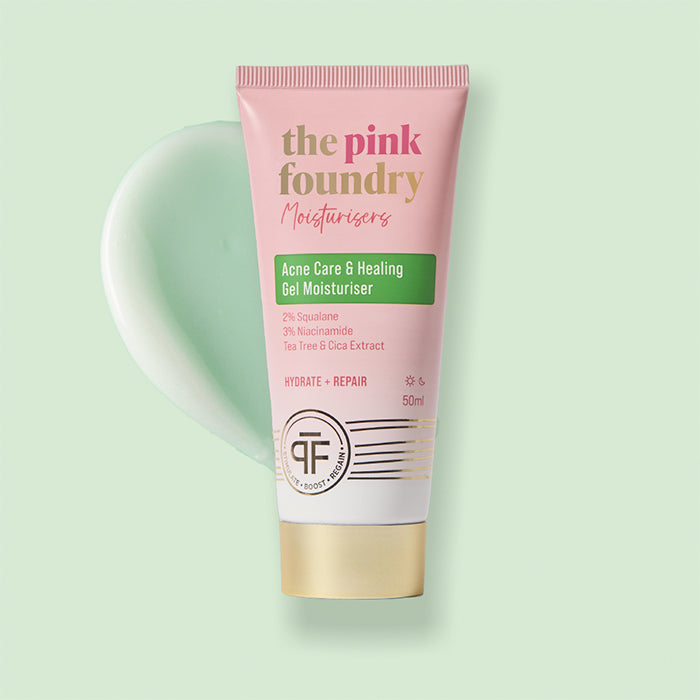
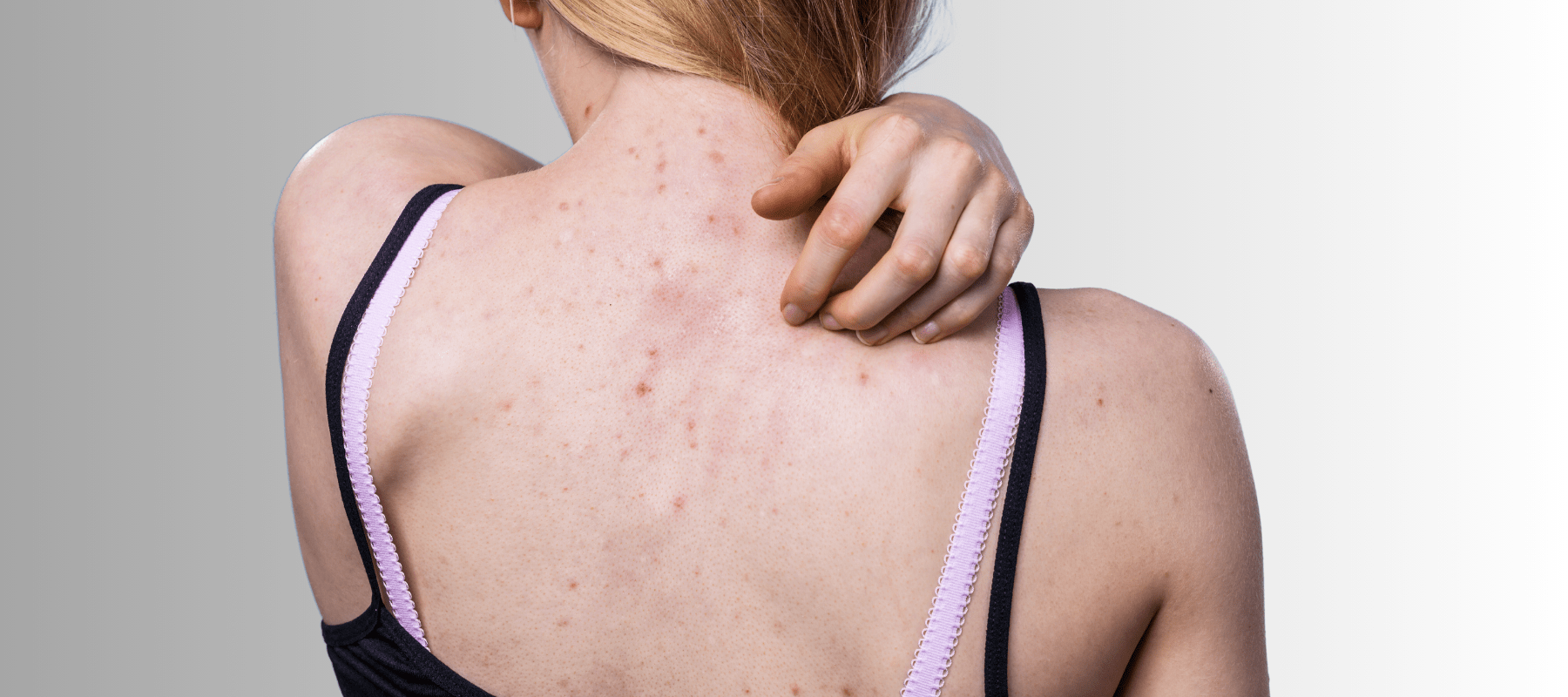
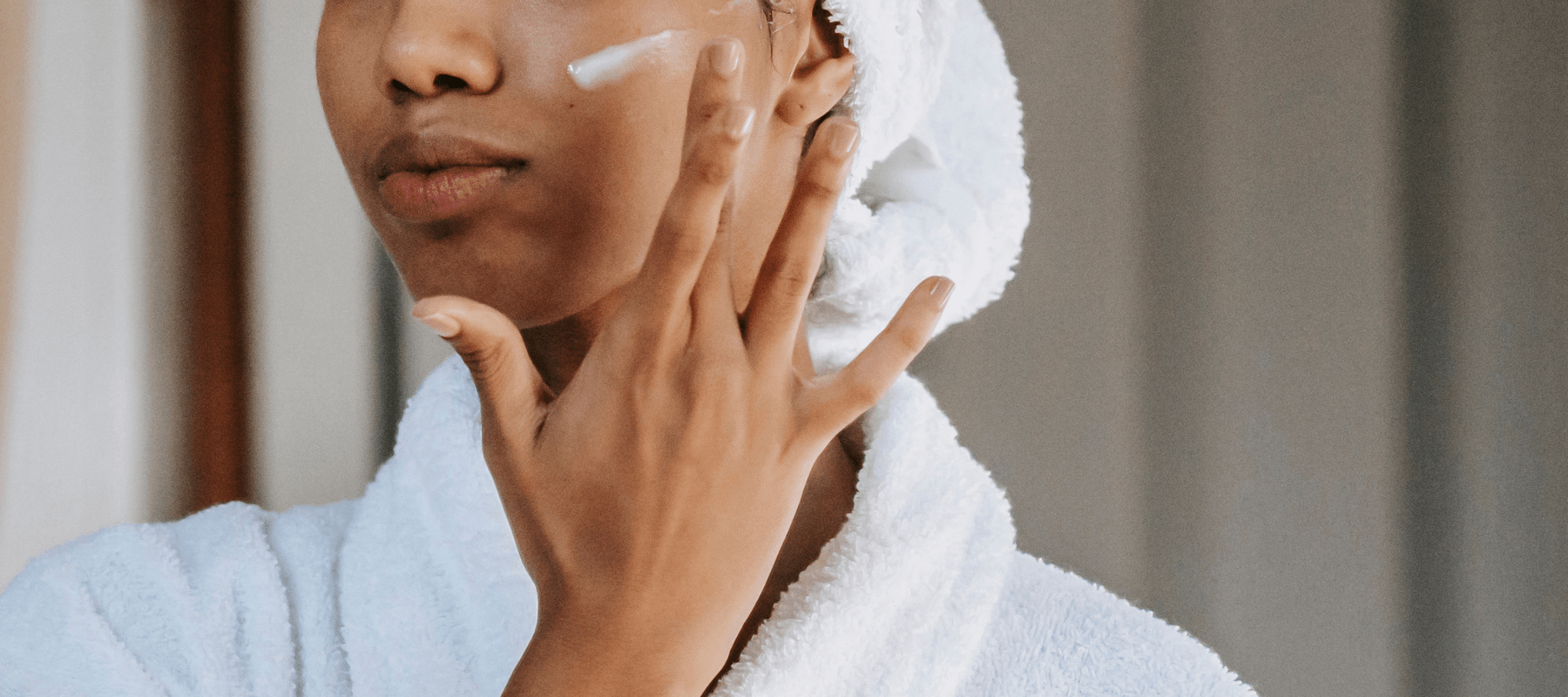
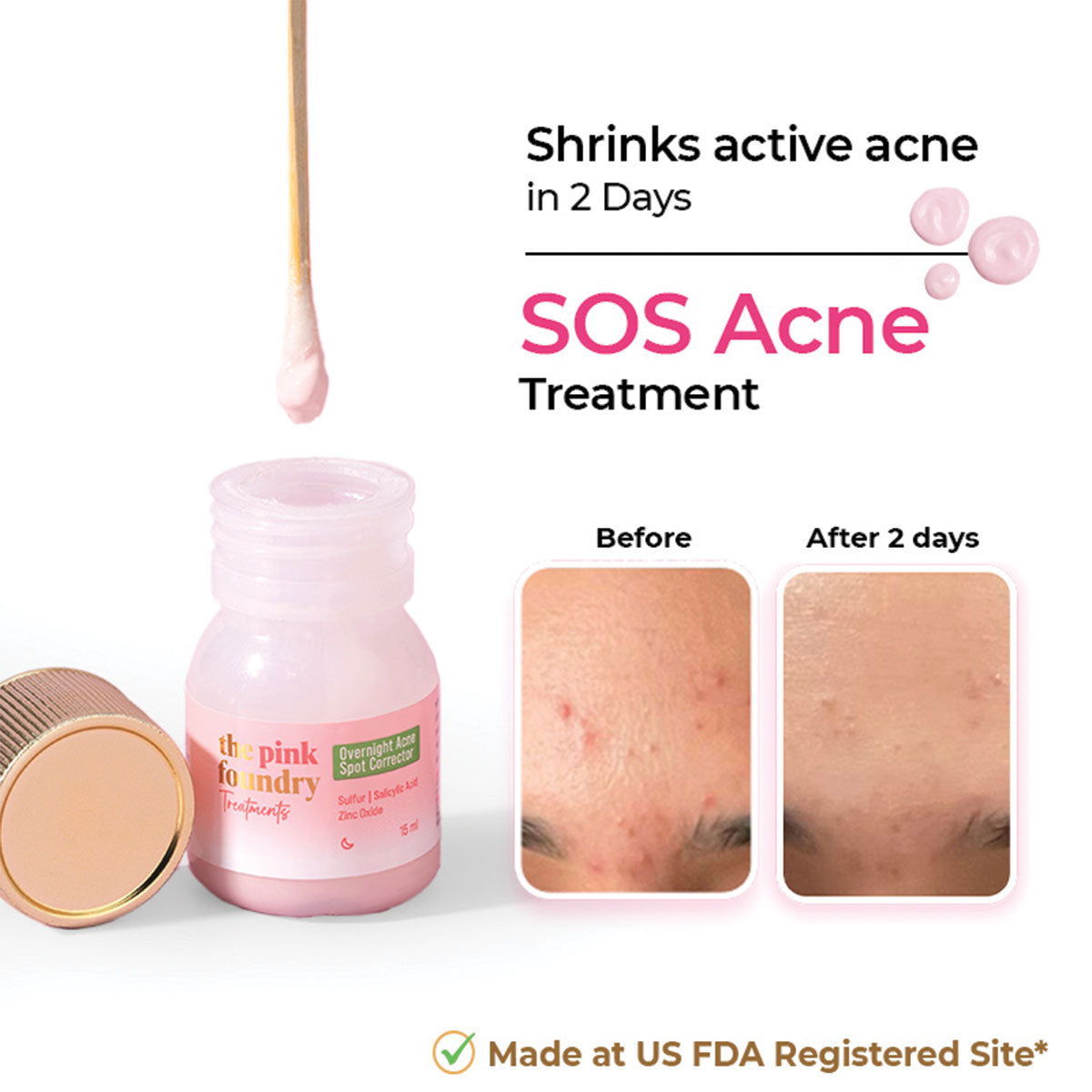
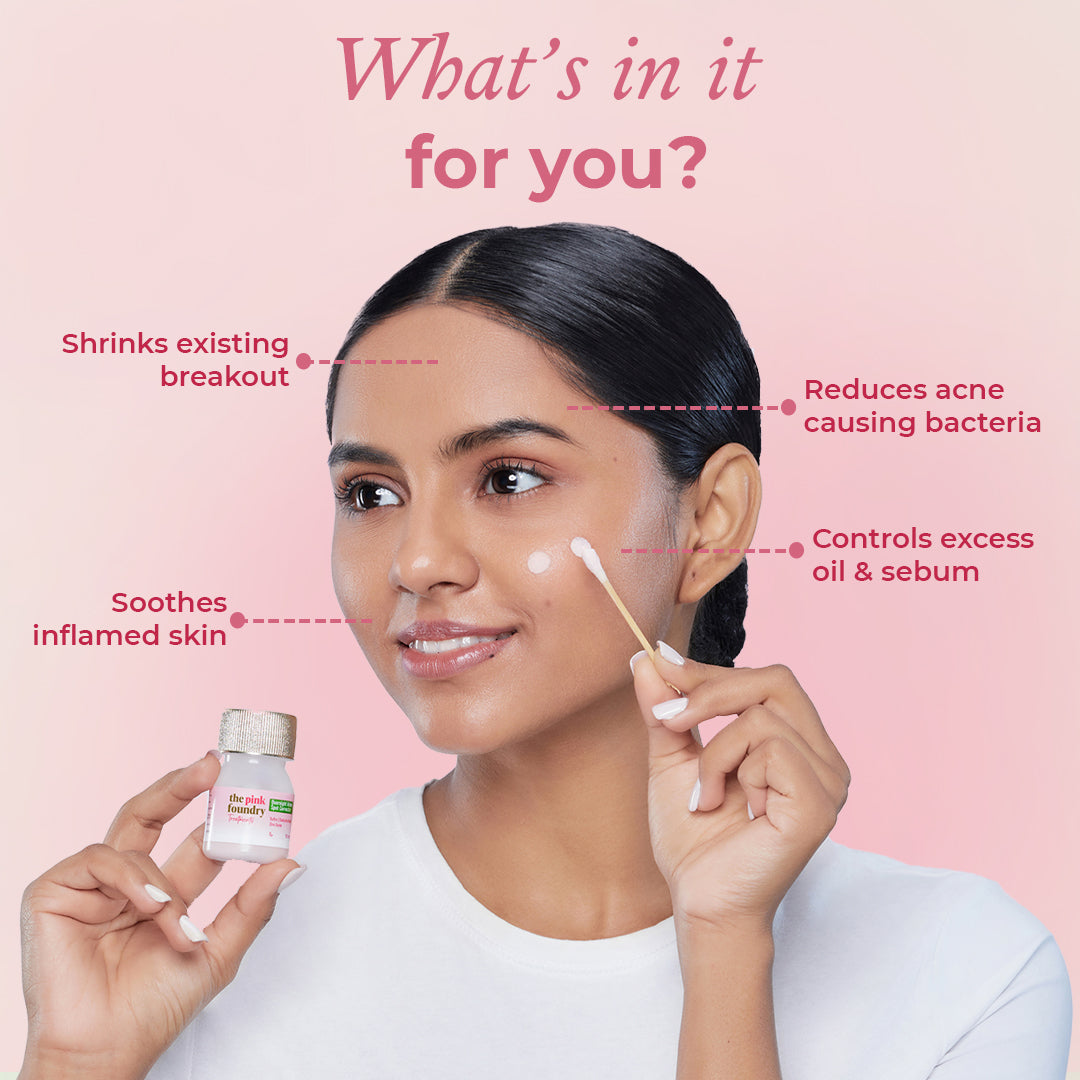
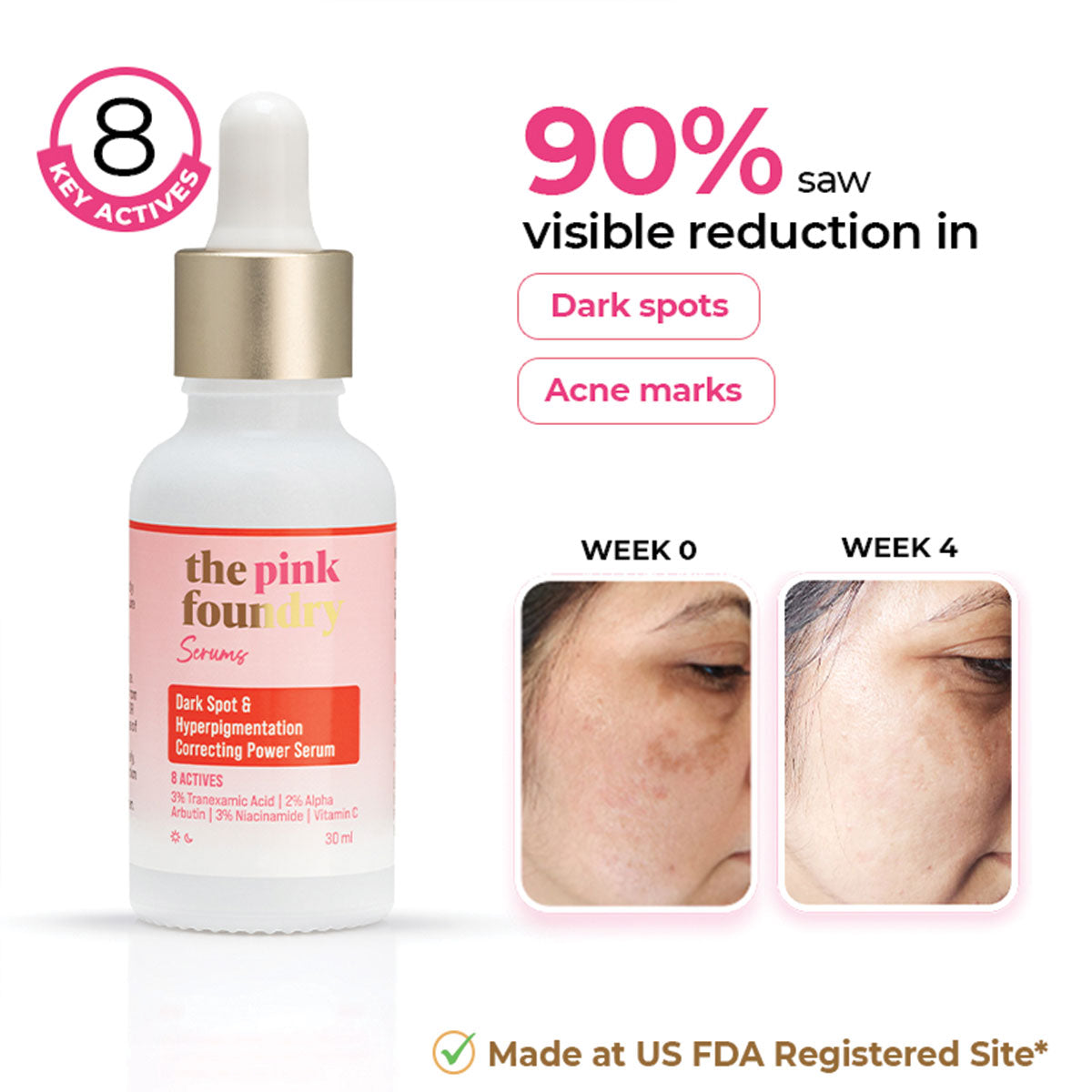
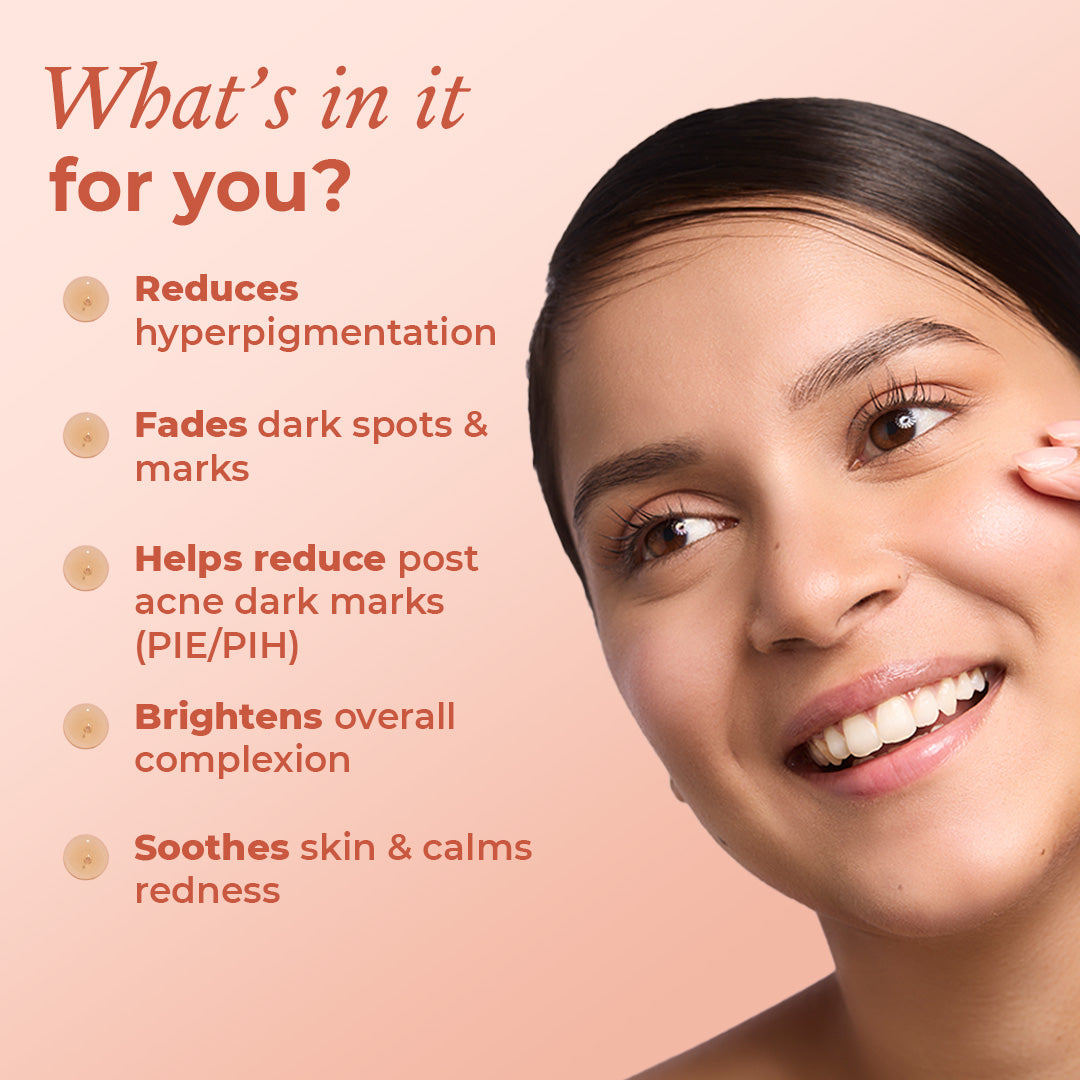
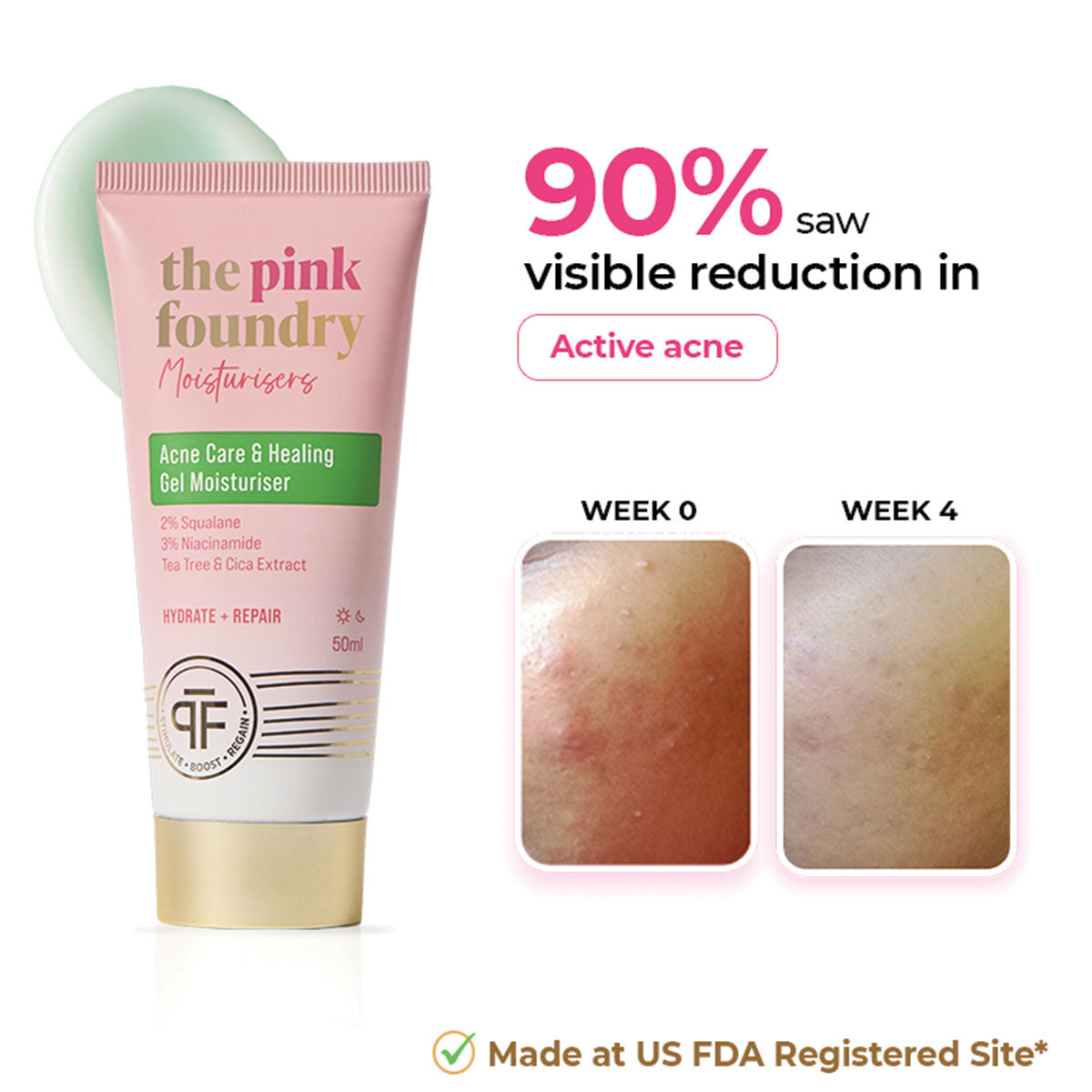
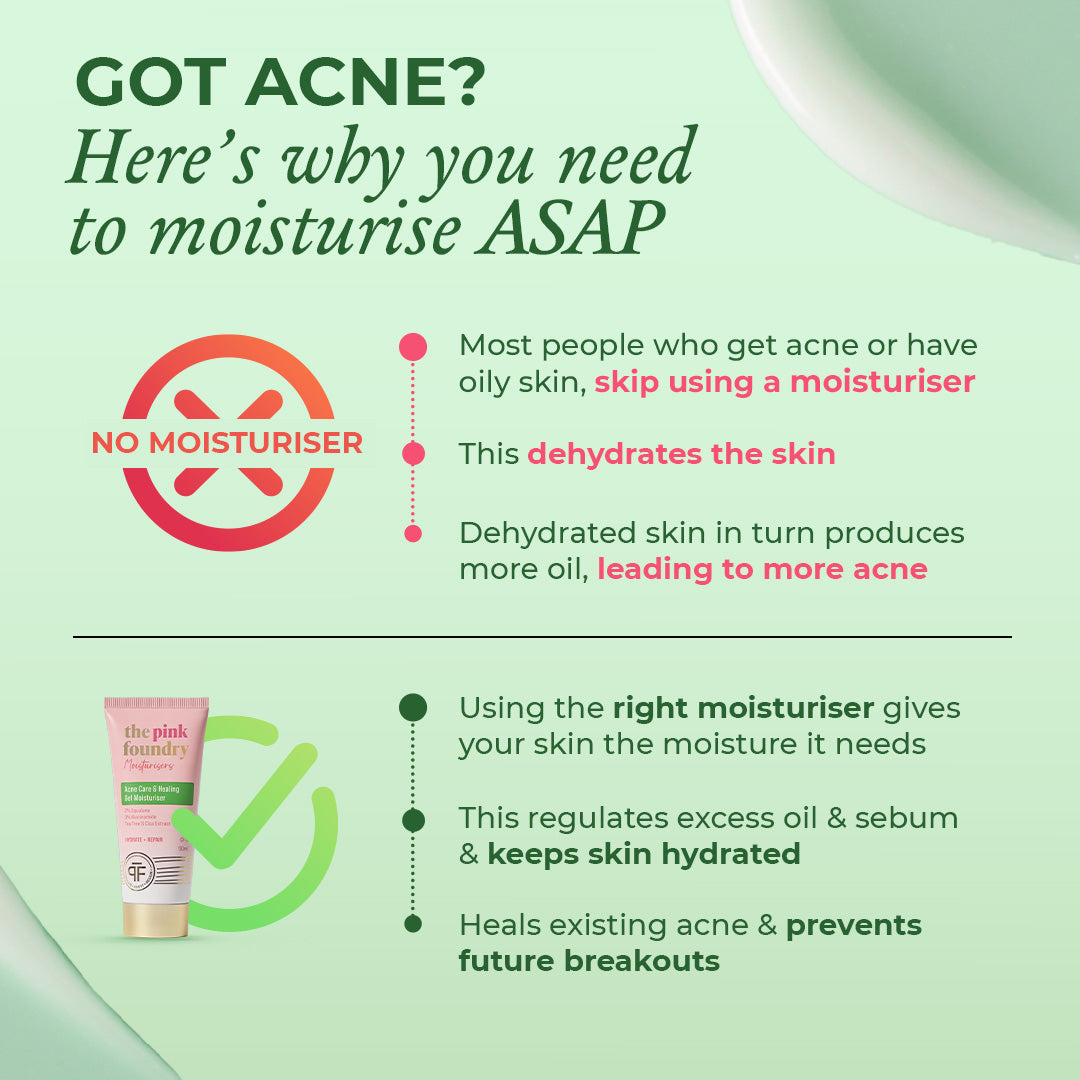
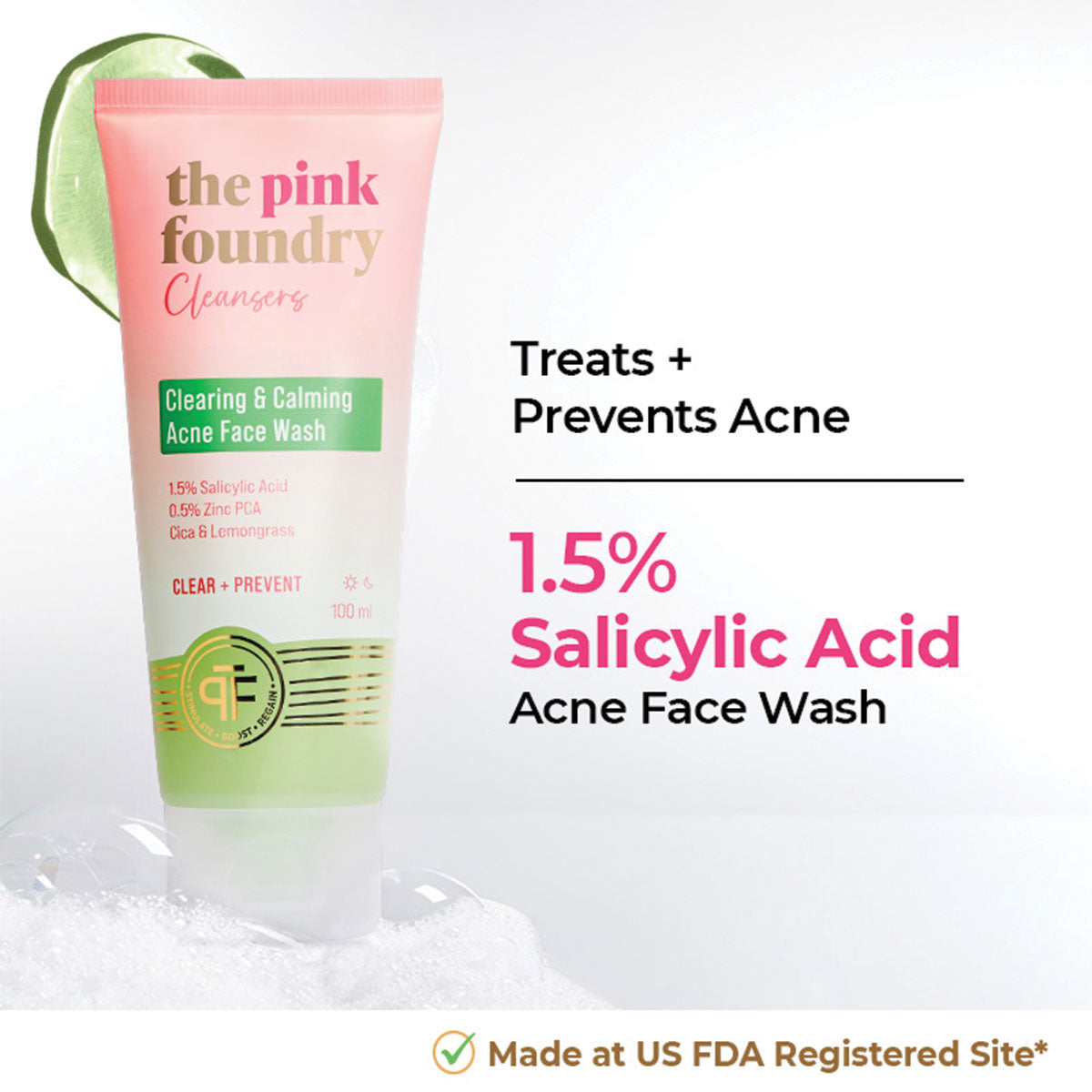
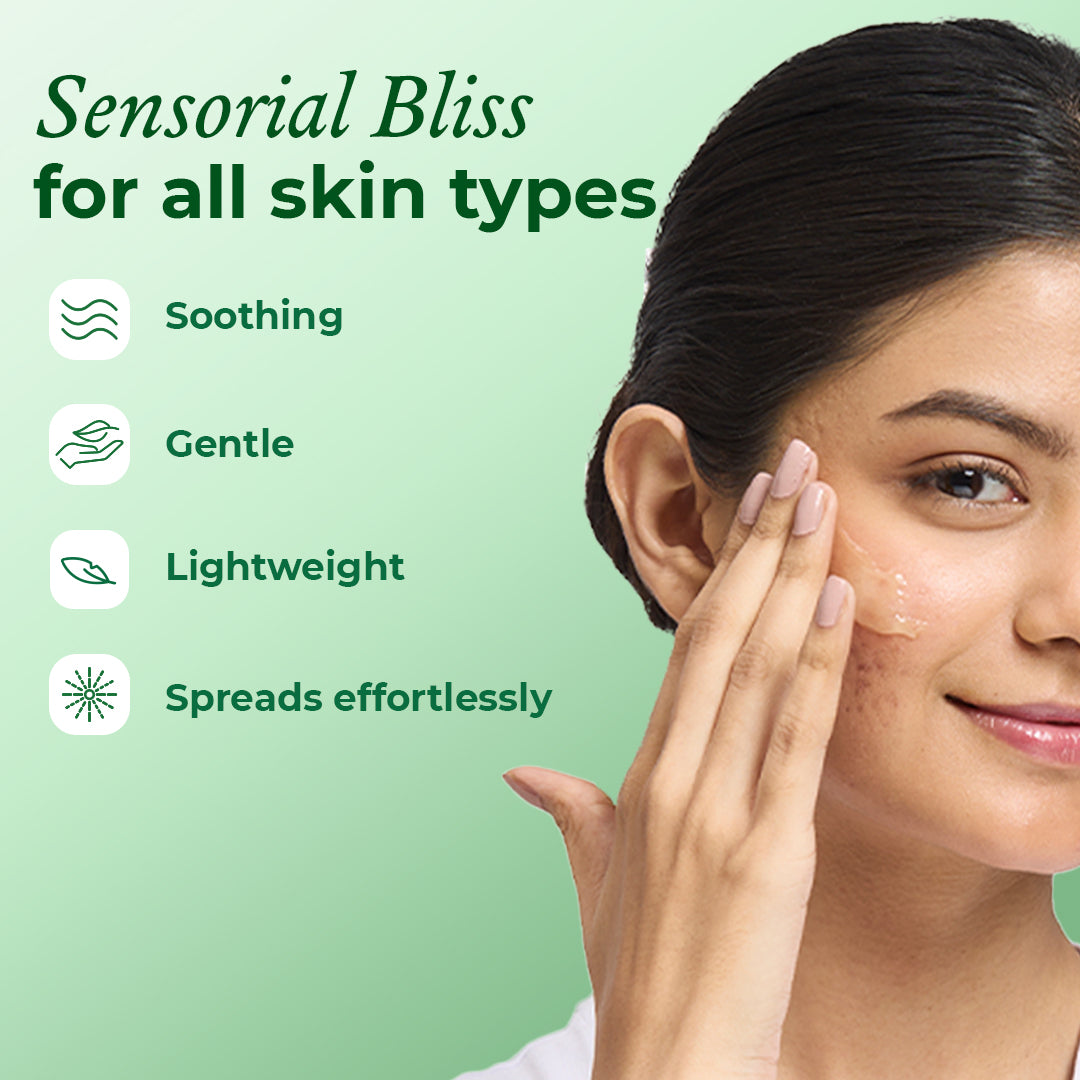
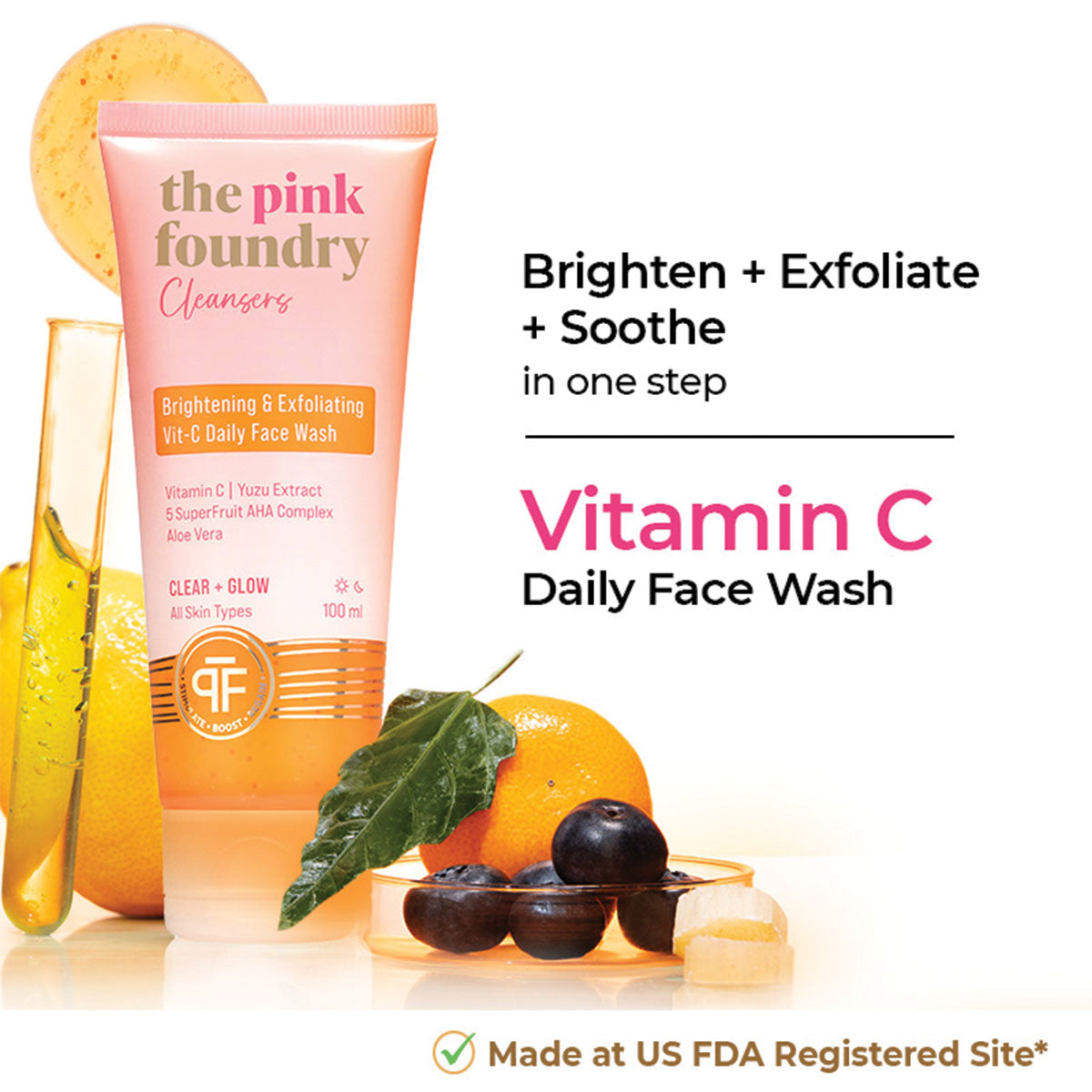
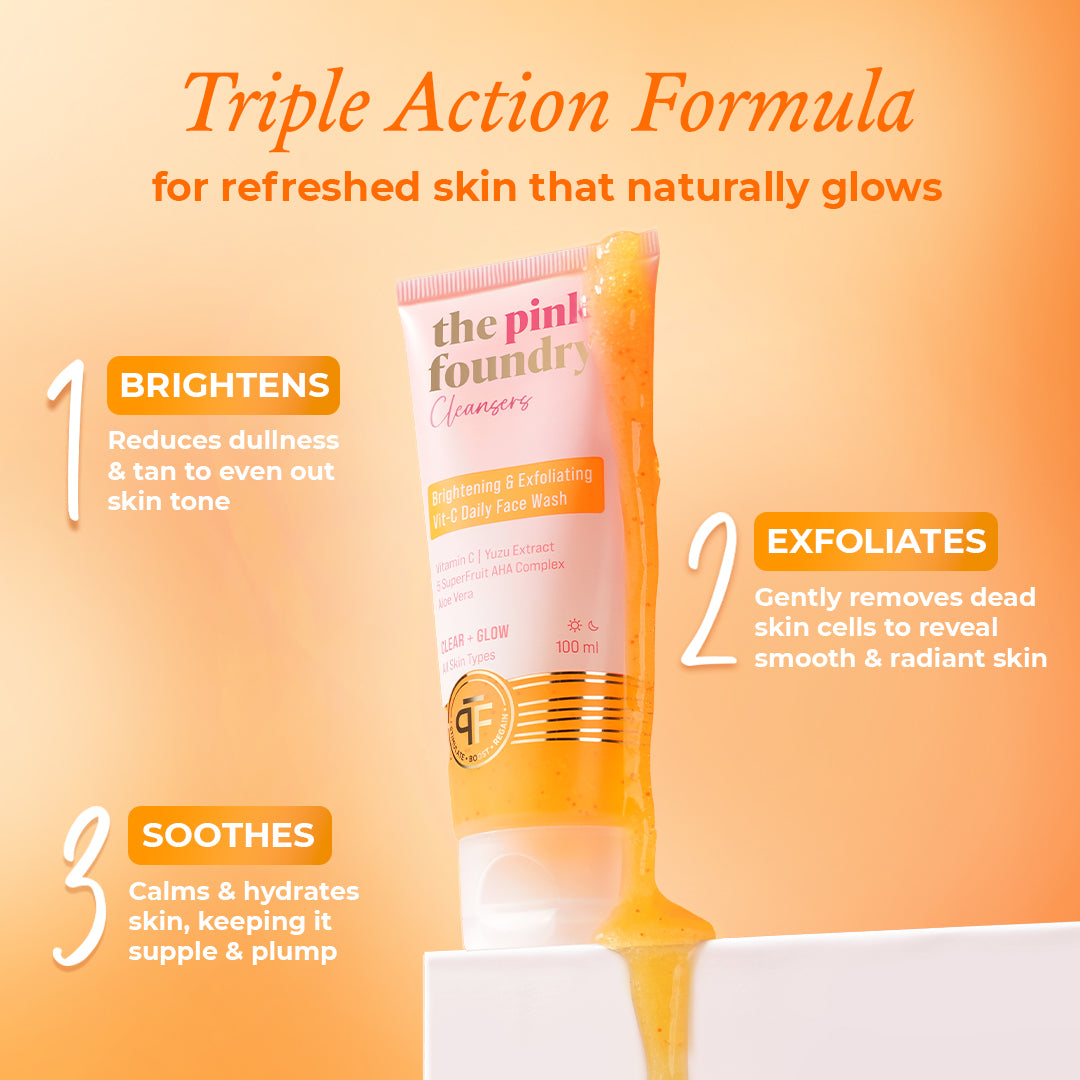

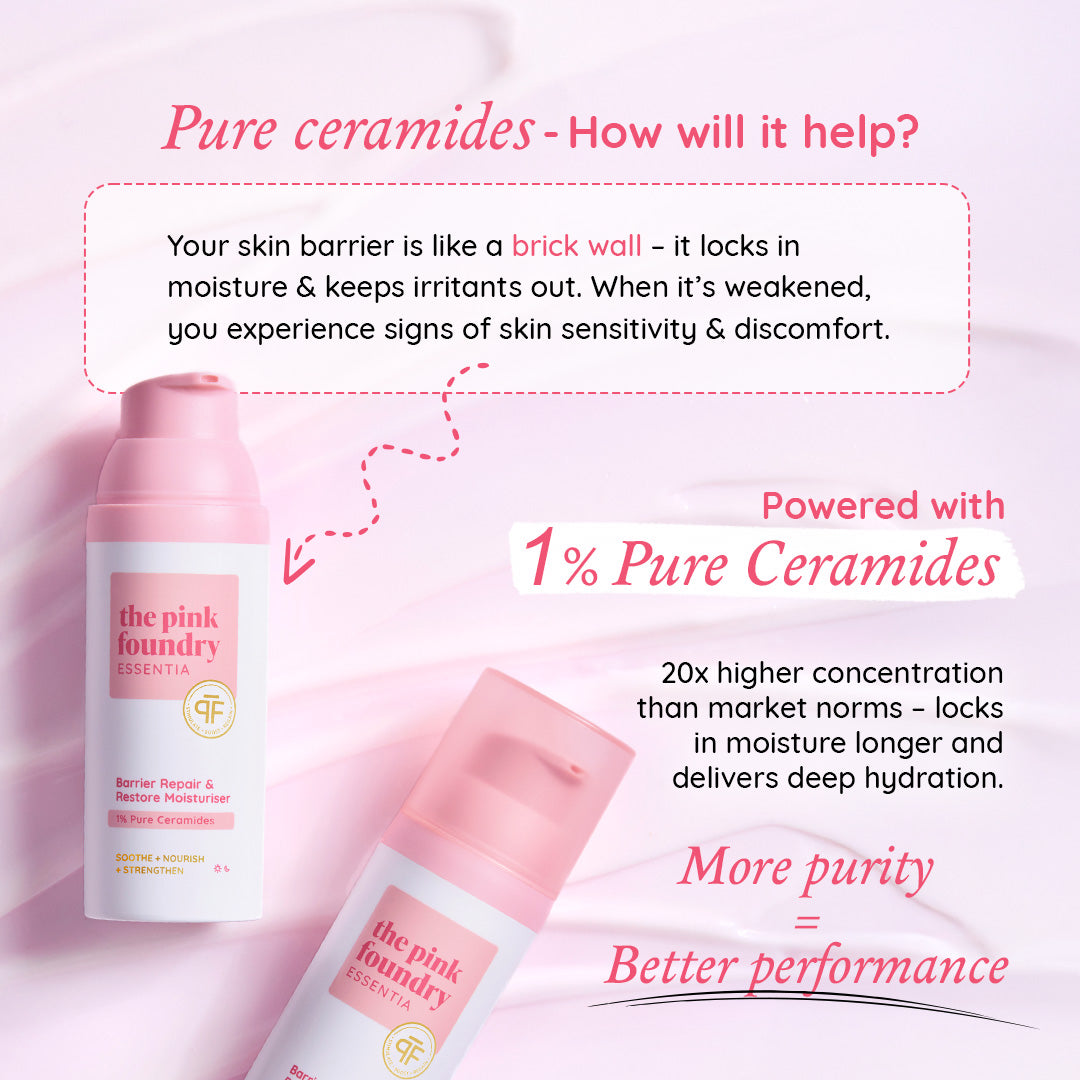




Leave a comment
This site is protected by hCaptcha and the hCaptcha Privacy Policy and Terms of Service apply.